The Environmental Effects Of Christmas
What are the holiday’s effect on the environment?
December 22, 2022
Everyone loves spending time with their loved ones, putting up the tree, and buying presents around the holidays. But, everyone doing those things, at the same time, has a big effect on our environment.
When it’s Christmas time, many people put lights up outside and on the Christmas tree. According to NASA, some parts of the world are 50 percent brighter between the weeks of Thanksgiving and New Year’s Day. But all of those lights have an effect on our environment. The lights waste energy and disrupt the nocturnal life outside. According to darksky.org, Americans use 3.5 billion kWh of electricity to light their holiday lights for the month of December.
There are also many animals affected by the lights. According to darksky.org, one species affected by the lights are birds. When birds migrate at night, they use the moonlight and starlight to navigate. The Christmas lights can throw that off, which causes them to wander into unsafe areas. Other species that are affected are nocturnal animals. They are asleep during the day and active at night, but the lights make the night seem like day.
People also put up Christmas trees in their homes, but that also has an effect on the environment. Approximately 33-36 million Christmas trees are sold just within the United States each year. According to earth.org, a real Christmas tree that is disposed of by a wood chipper or a bonfire has an average carbon footprint of 3.5kg of Carbon Dioxide. If the tree ends up in a landfill, its carbon footprint increases to 16 kg of carbon dioxide emissions. Fake trees have been becoming more popular due to their reusability. But a two-meter-tall fake tree has a carbon footprint of 40kg of carbon emissions.
Real Christmas trees are bio-degradable. The composted trees can be used for lumber, mulch, and fertilization for the next year’s crops. Before they are cut down, they serve as homes for animals and mammals. Along with converting CO2 from the atmosphere into oxygen.
Artificial Christmas trees are not bio-degradable and non-recyclable. Since they are not, they usually end up in a landfill where they produce greenhouse gasses, pollute surrounding ecosystems, and put harmful chemicals into the soil. Along with the actual tree, getting it to your home also causes problems. Most of the trees are made in developing countries, then shipped around the globe. This adds to their already high carbon footprint.
During the holidays the amount of waste also increases significantly, by about 25%. According to abcnews, most of the waste is from gifts. Many gifts people receive they do not like or do not plan on ever using. Most people will throw out unwanted gifts, so they end up in a landfill. Other people will ship it back, but the shipping process still emits carbon dioxide into the atmosphere.
Wrapping paper is also a big contributor to the waste. According to Clean Air Partnership, about 8,000 tons of wrapping paper are used during the holidays each year. That is equivalent to 50,000 trees. If people recycled the wrapping paper it would reduce the amount of waste. The final part of the waste that comes from gifts is cards. About 2.65 billion holiday cards are sold in the U.S. each year. To help reduce that number we can send e-cards or recyclable cards.
Most people like to spend their holidays with their family, and that means traveling. All of the traveling produces a lot of CO2. According to brightly.eco, 42% of Americans travel between Thanksgiving and mid-January. The most eco-efficient way to travel is by train, and the least eco-friendly way is by plane. According to Smithsonian, one flight burns 8,255 gallons of fuel. If there are about 87,000 flights per day, that is about 718 million gallons of fuel burned.
In conclusion, the holidays have some bad effects on the environment, but there are many ways to reduce waste and CO2. You don’t have to skip the holidays, but we would all be wise to consider our actions and be conscientious of our choices.
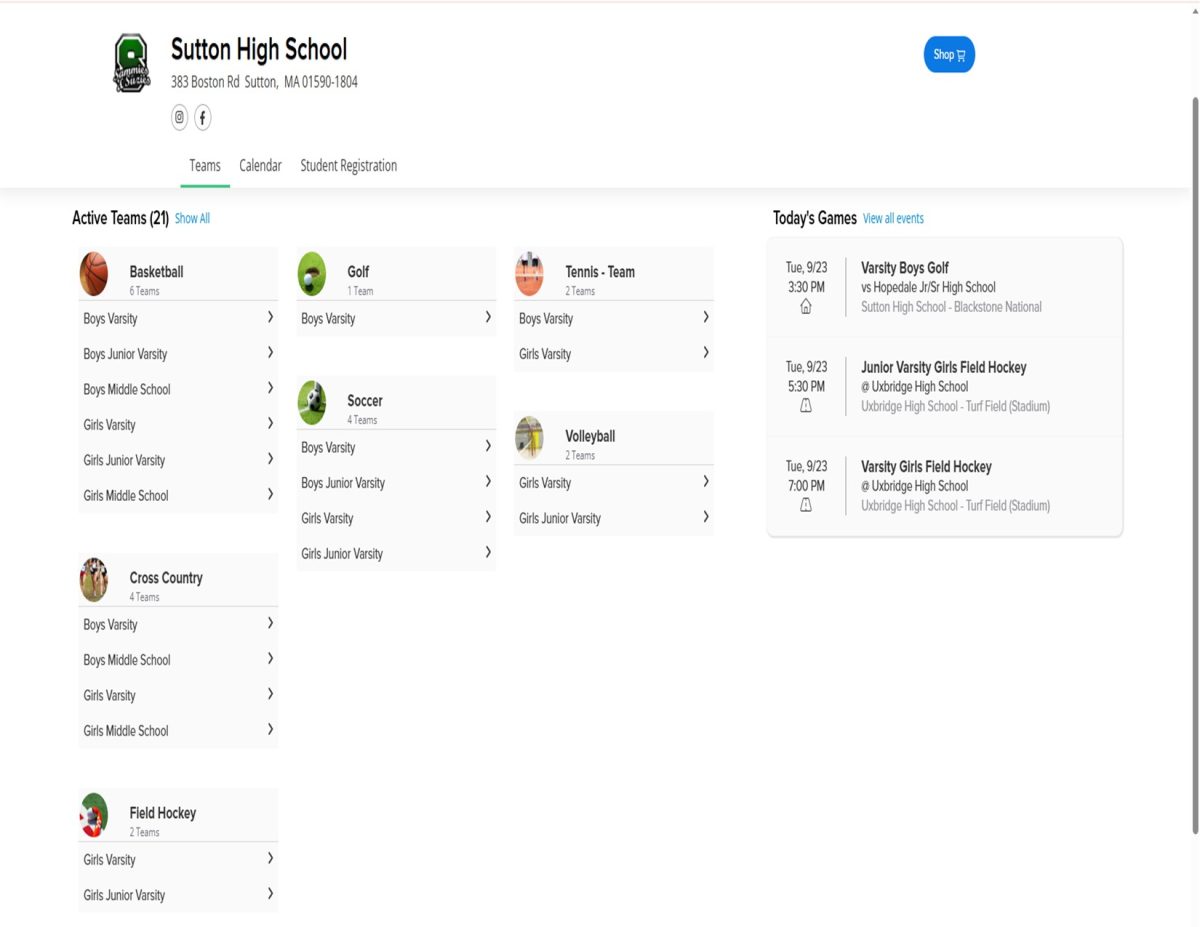

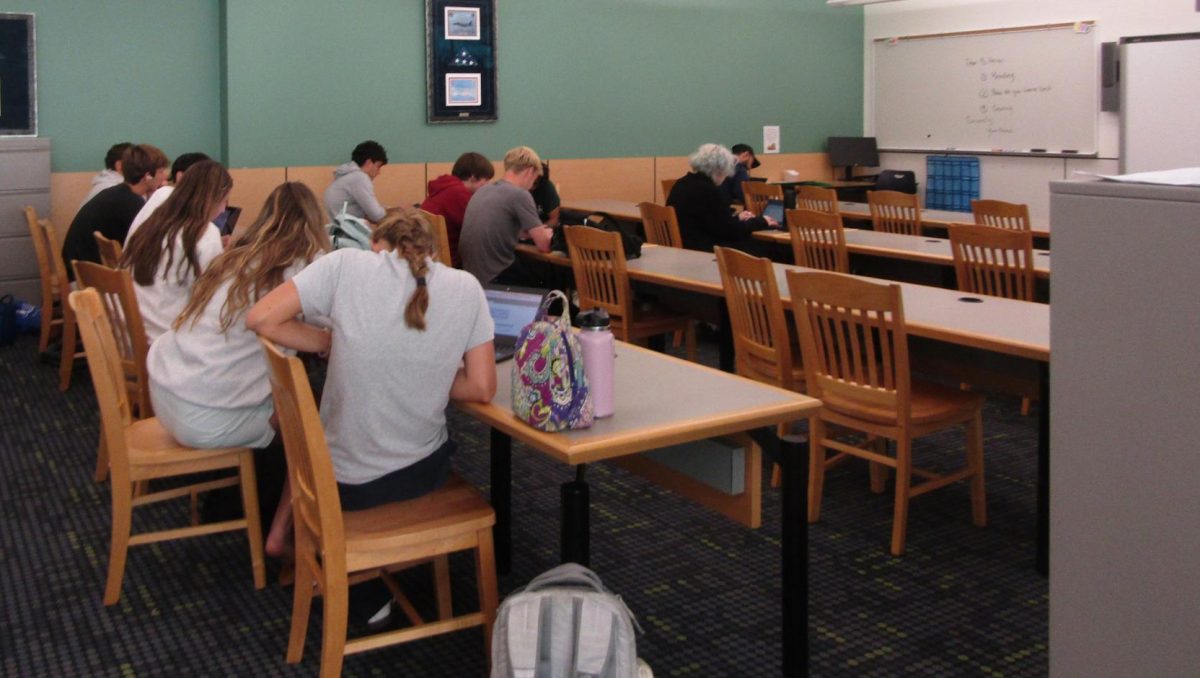


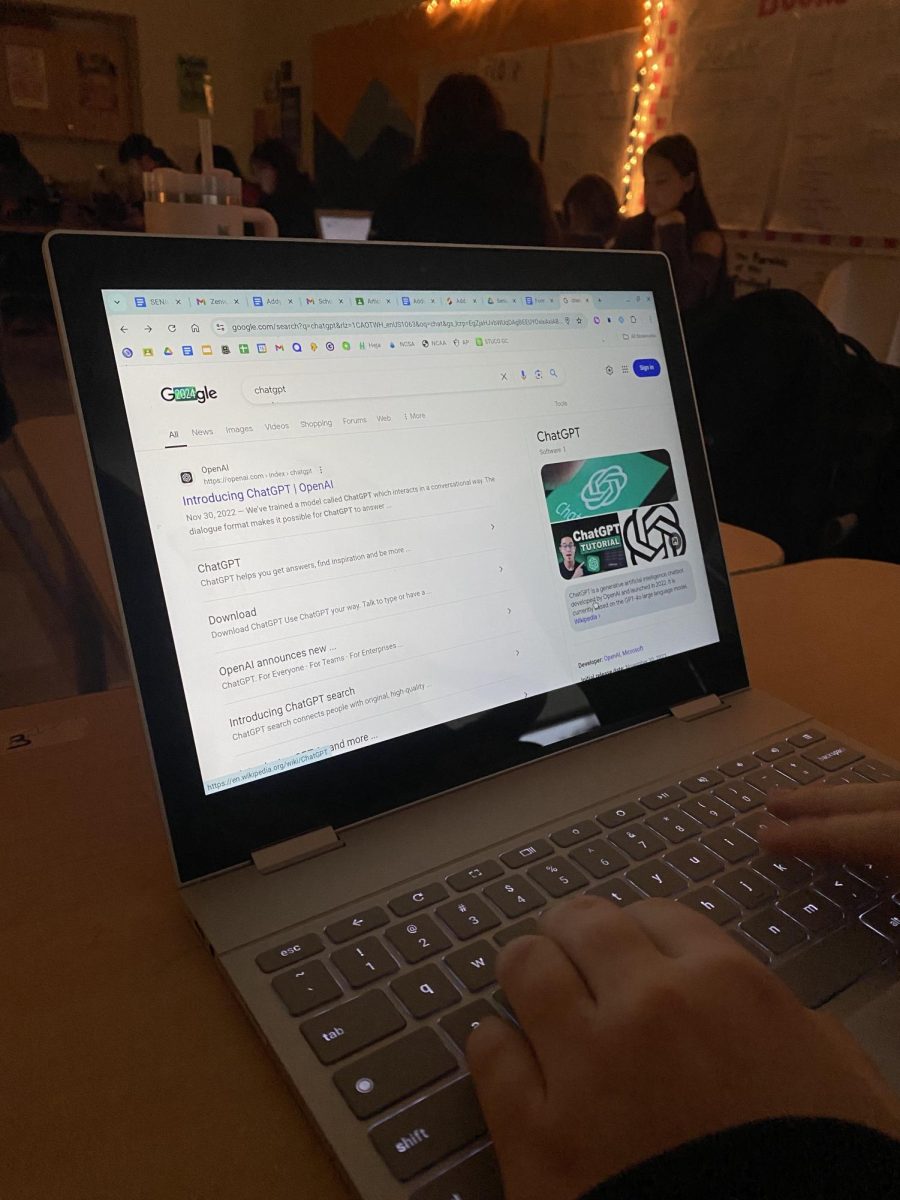
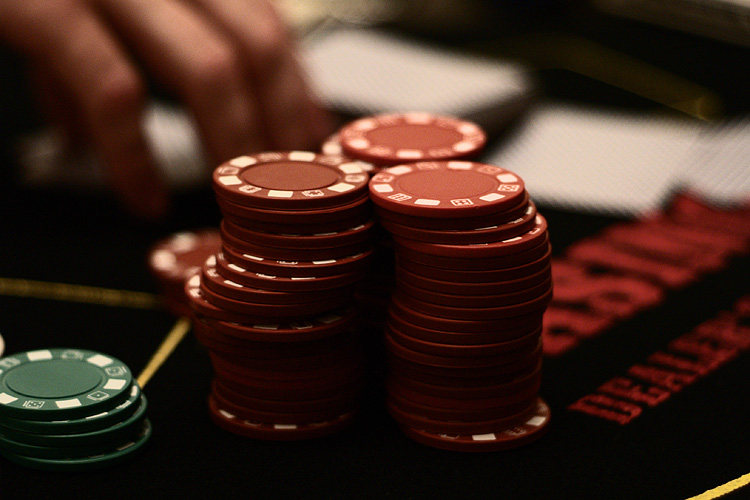
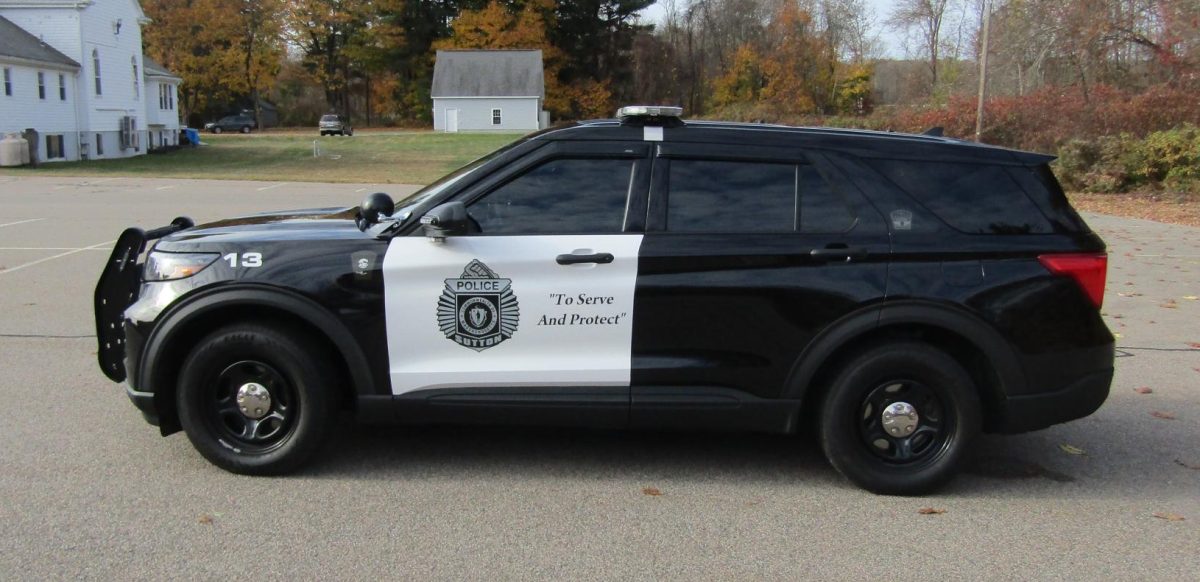

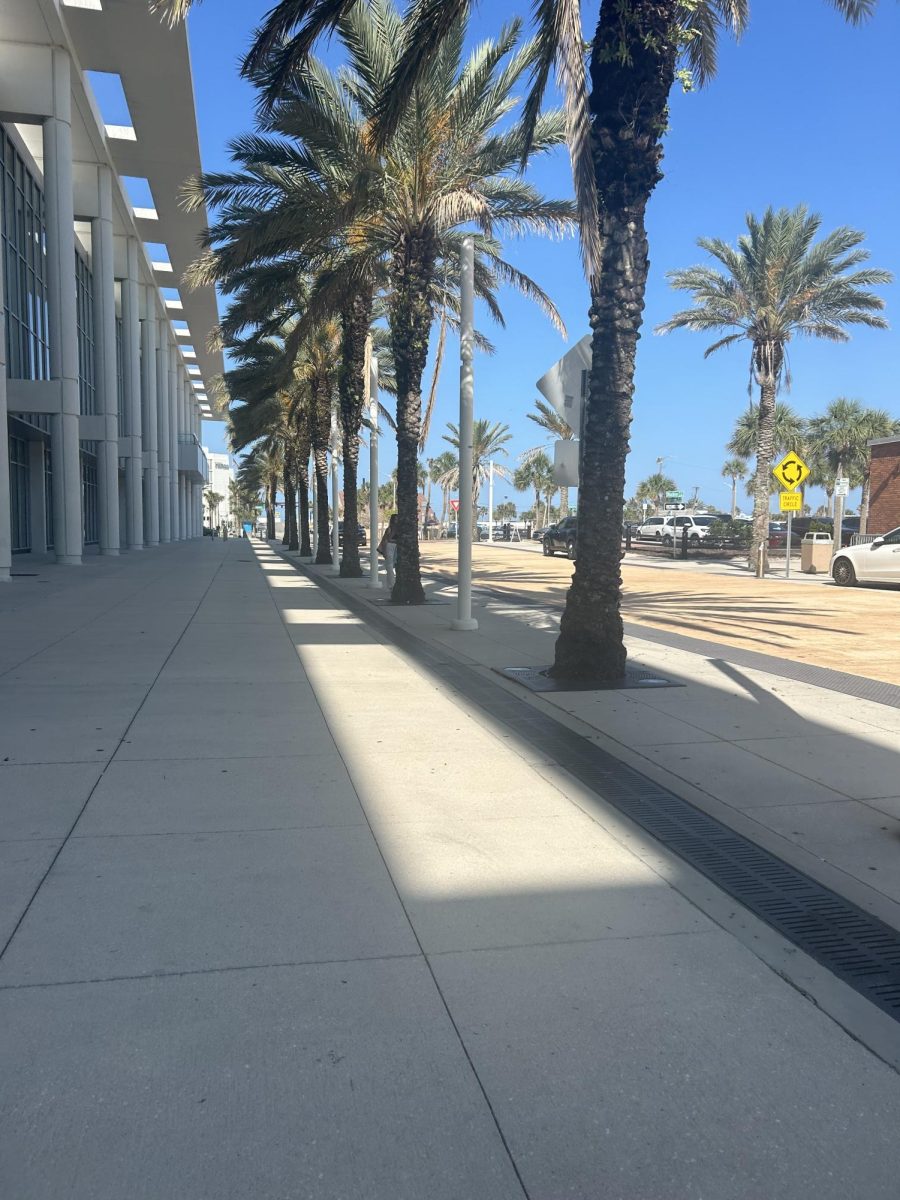

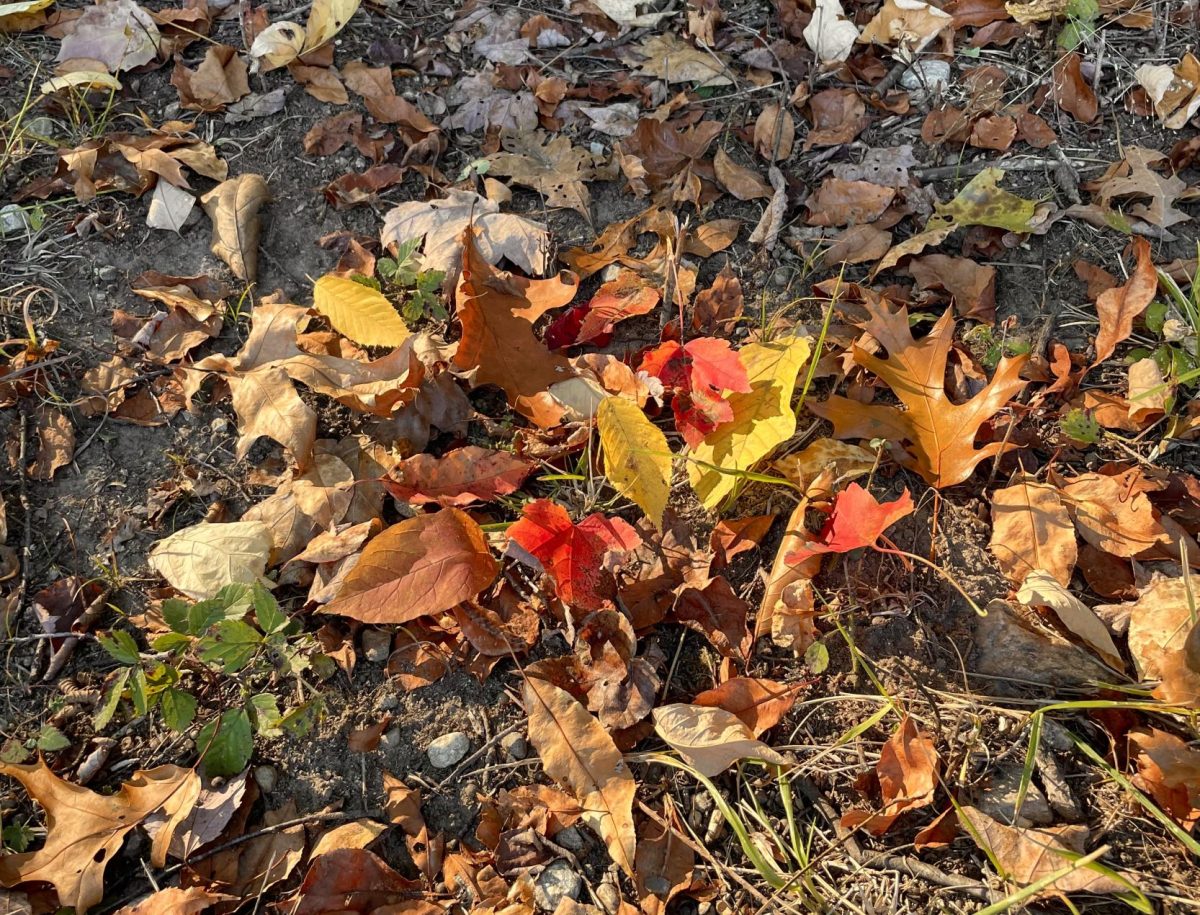


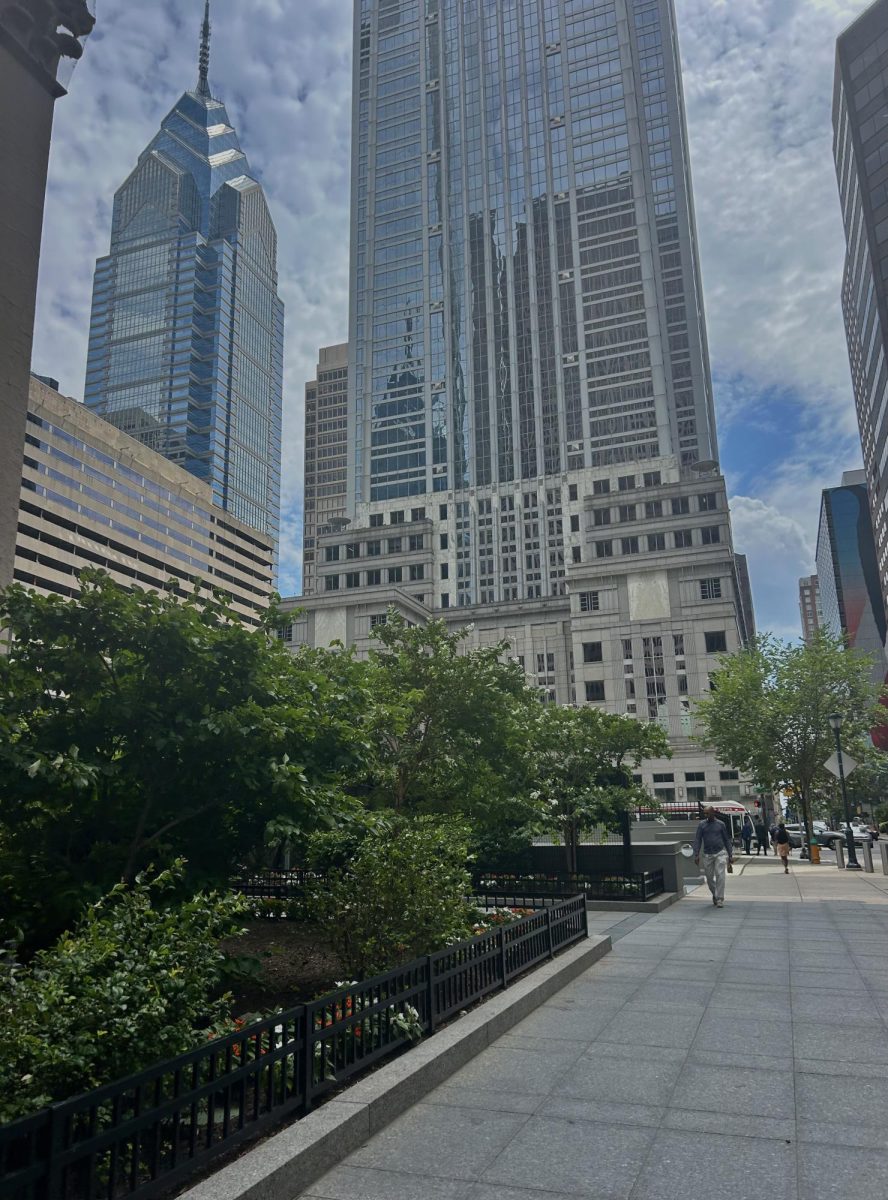
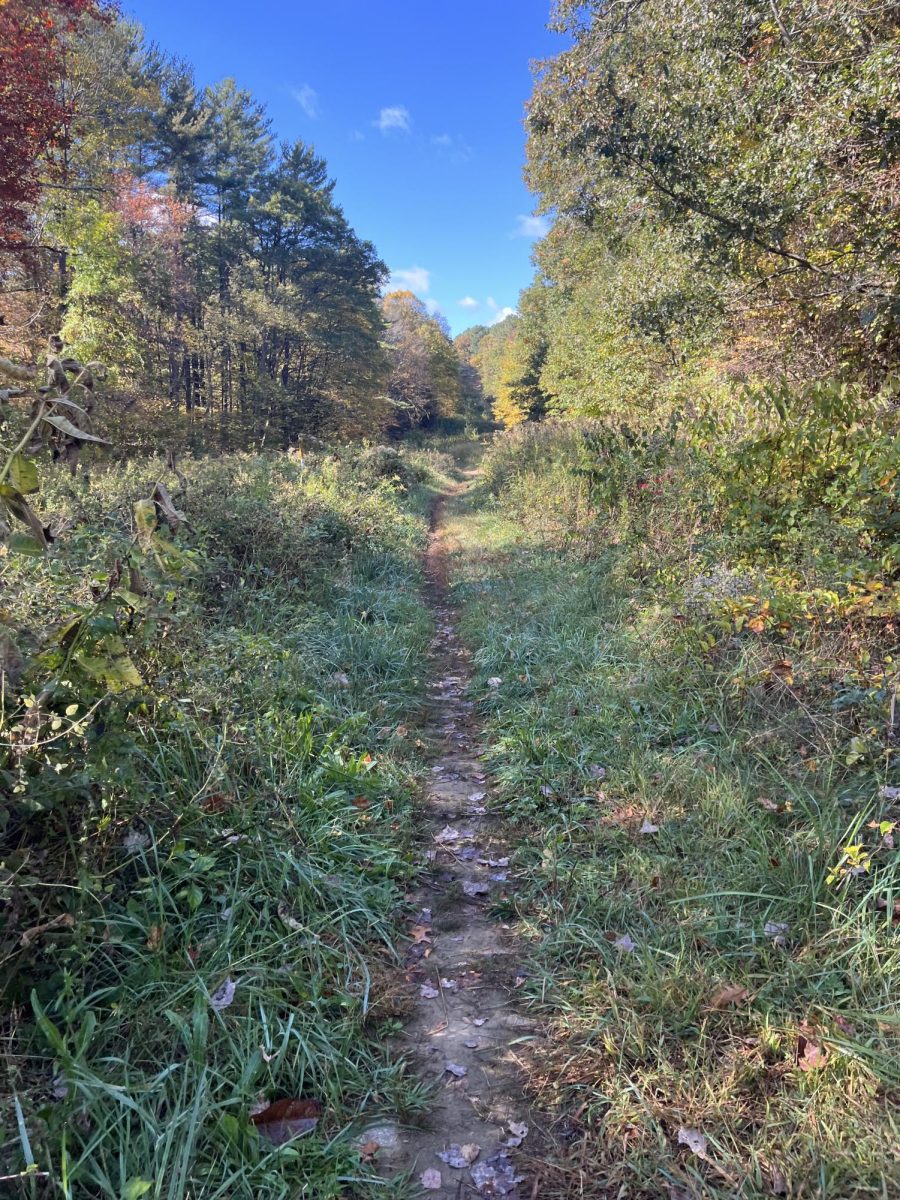

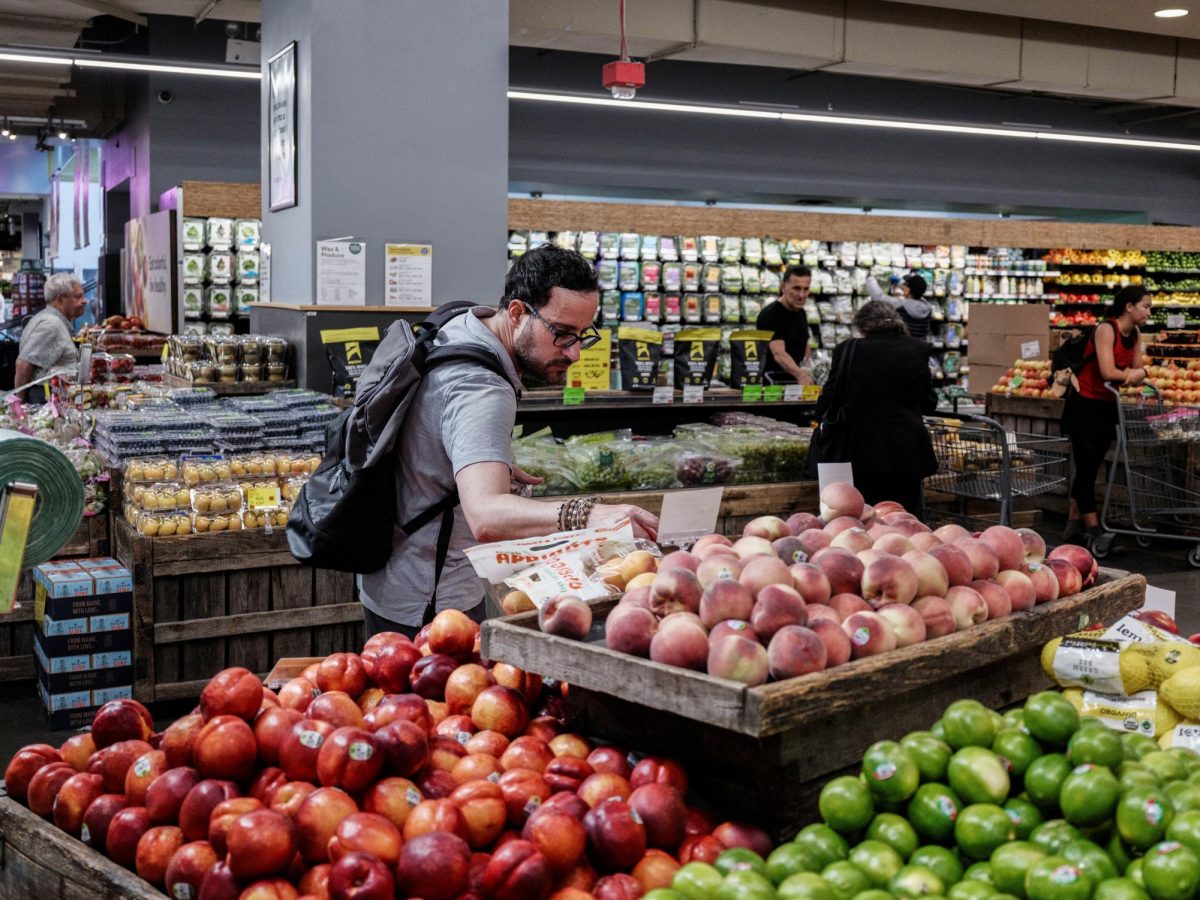






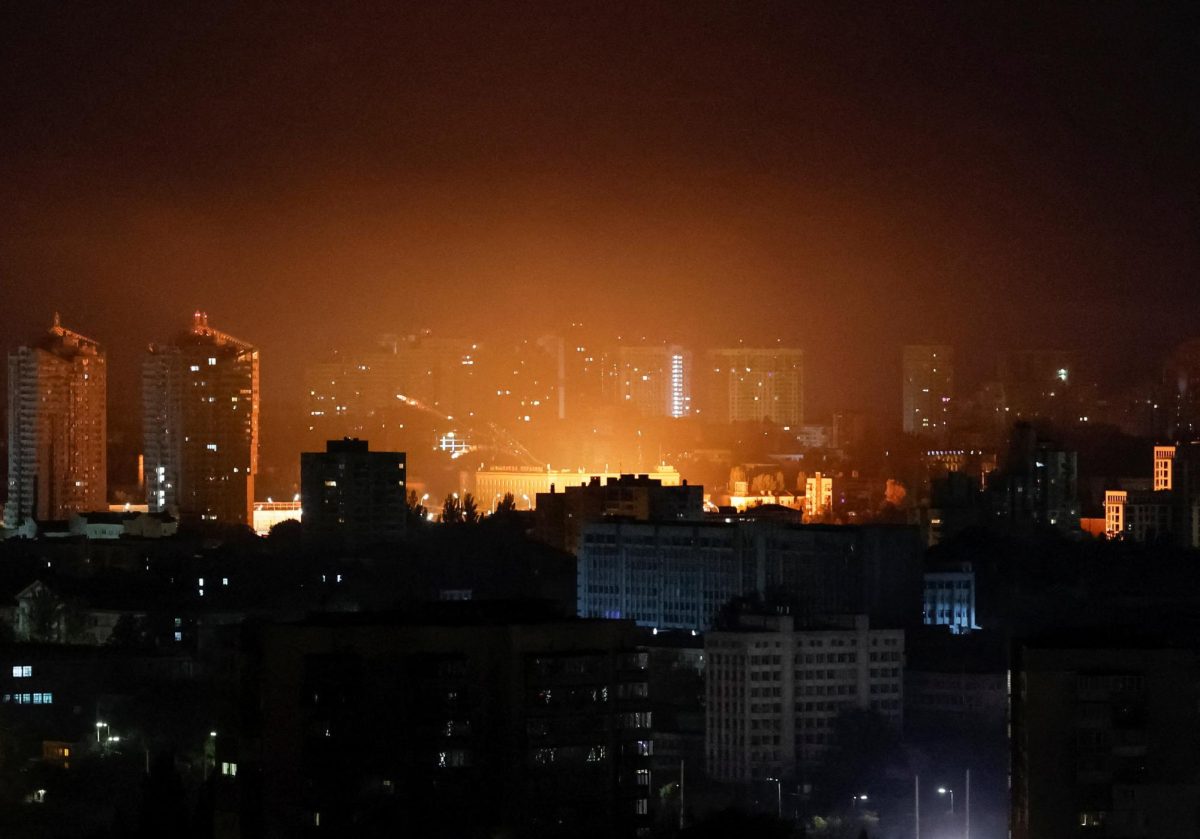
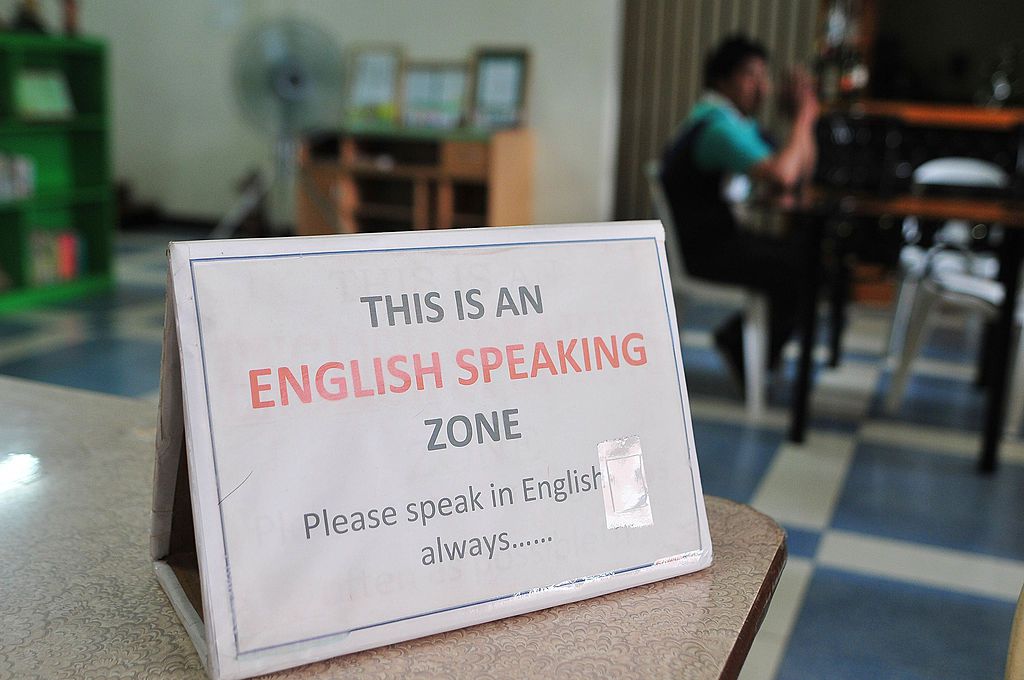
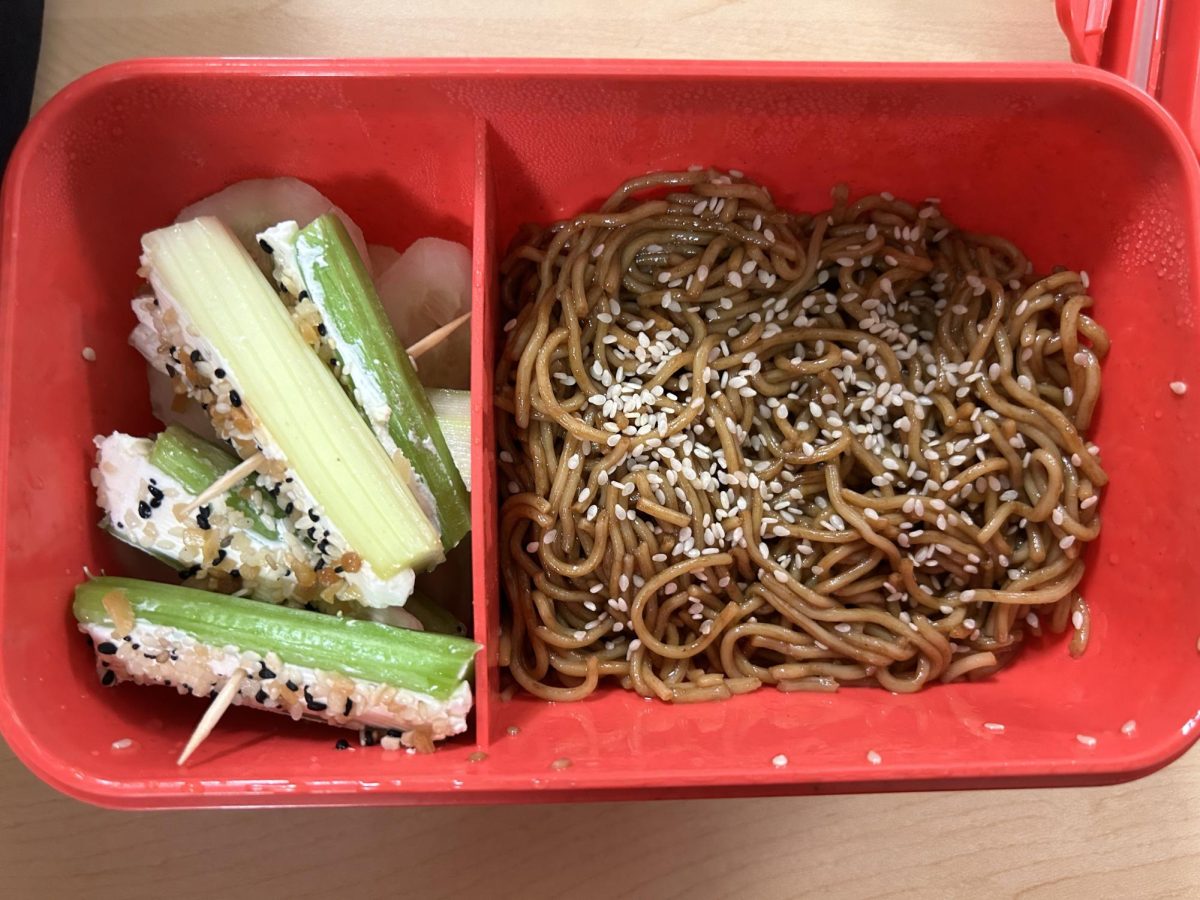

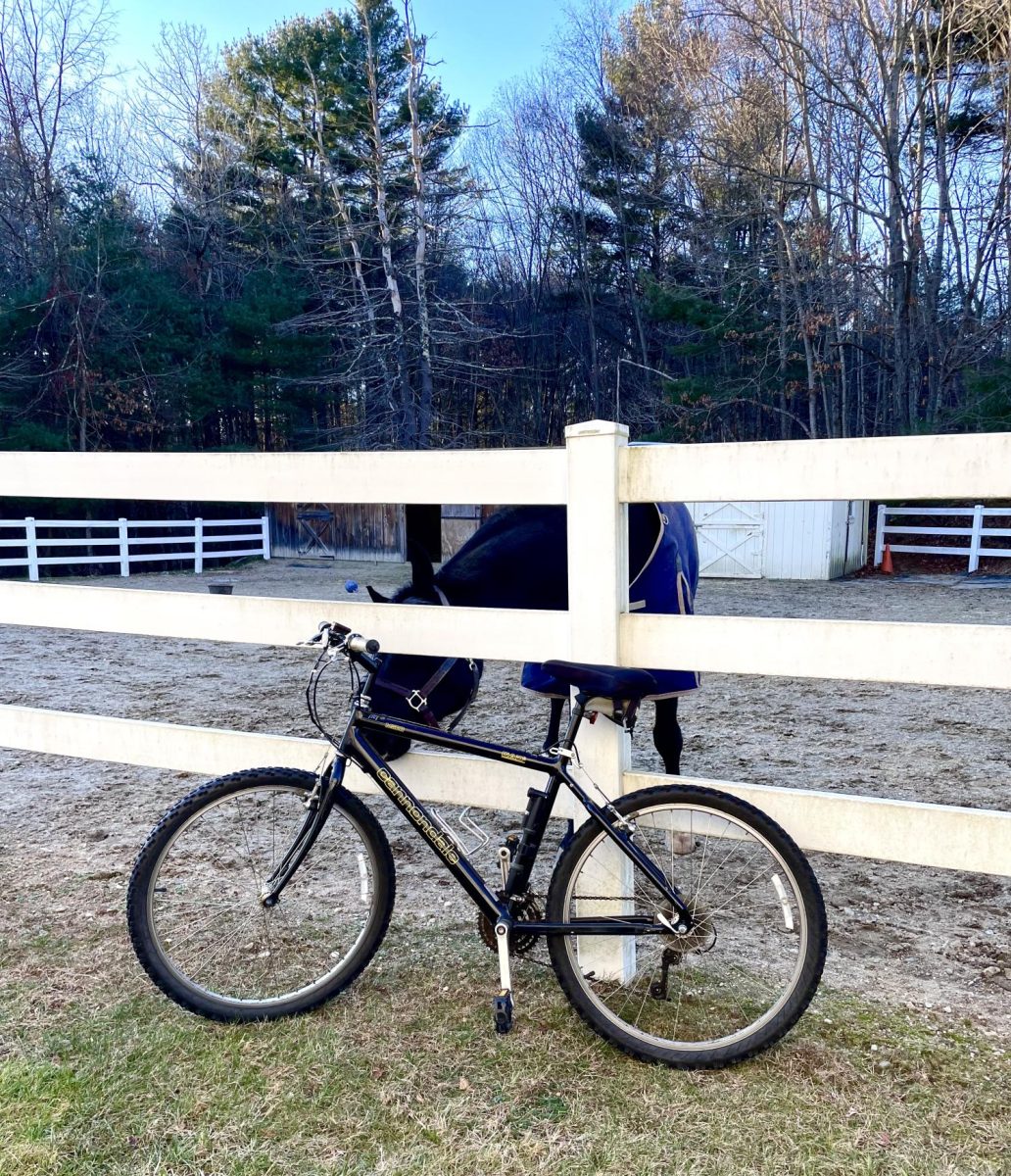



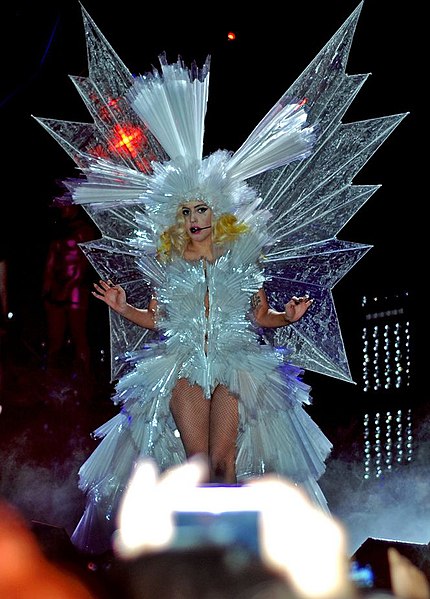
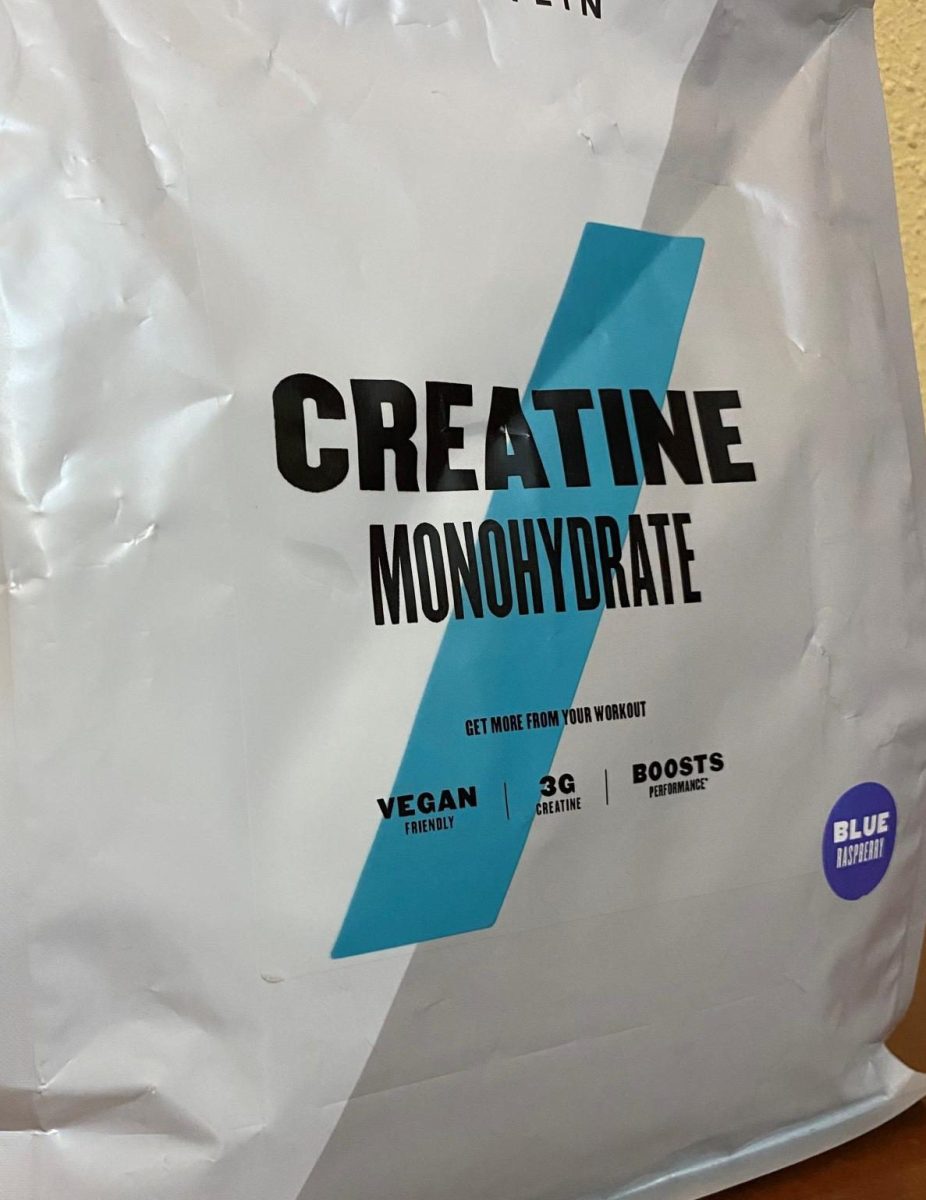

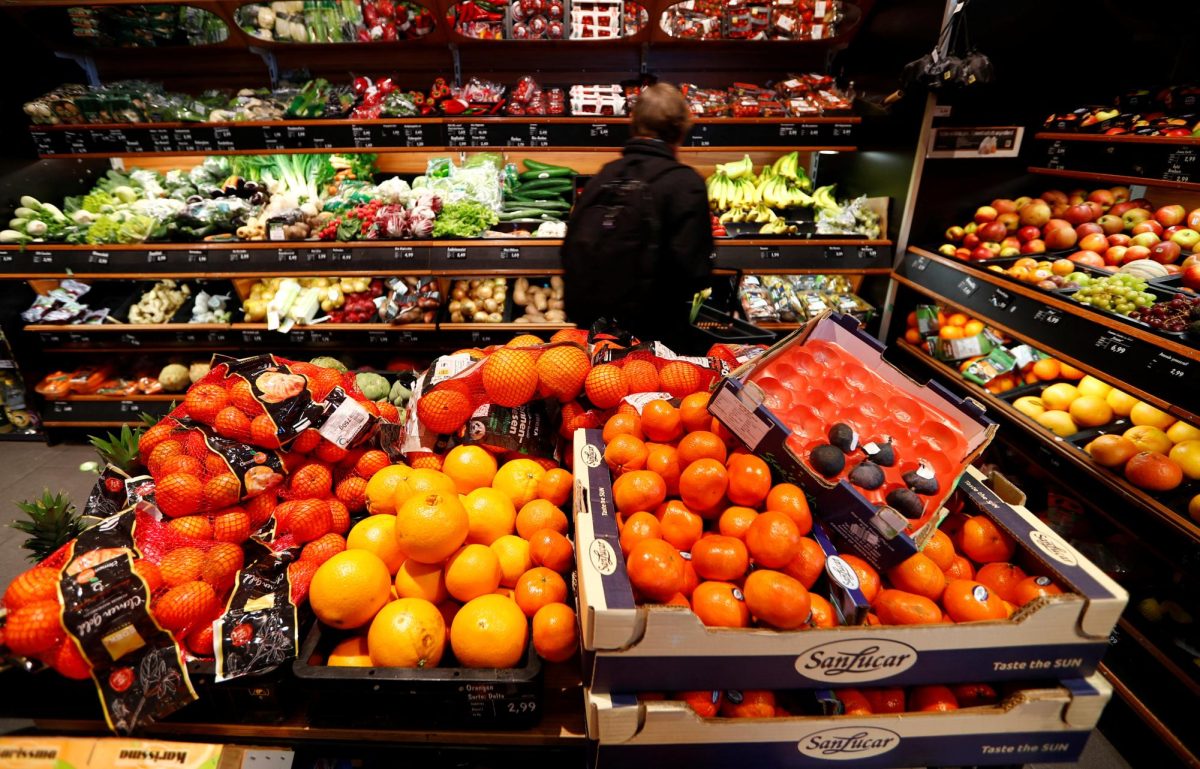
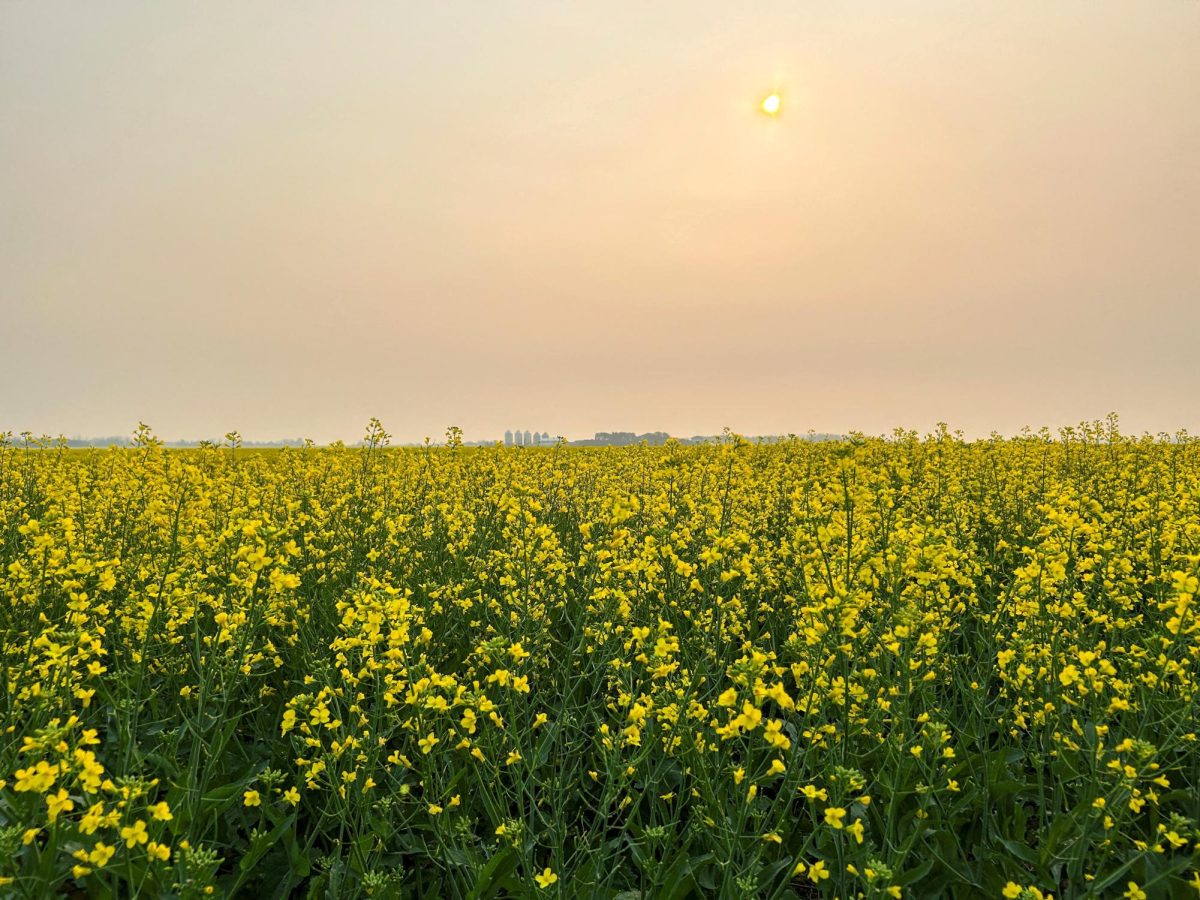


Ann-Marie West • Jan 5, 2023 at 7:21 am
Very informative article. Great information for all to consider, especially enlightening is the information about migratory pattern disruption for birds with Christmas lights.
Lindsey Baiocchi • Jan 3, 2023 at 6:28 am
Very insightful article, Julianna. I learned a few things for sure! Great work!
Ted McCarthy • Dec 29, 2022 at 8:34 am
Nice work Julianna! It’s great to help people see that all sorts of things they never considered have an effect on our environment.
Ms. O’Neil • Dec 24, 2022 at 10:29 am
Great article, Julianna!
Michael Keough • Dec 22, 2022 at 4:21 pm
Wow! I’m going to have to borrow this article for class. Lots of things I never considered. Nocturnal and night migrating birds? what… Mind blowing…